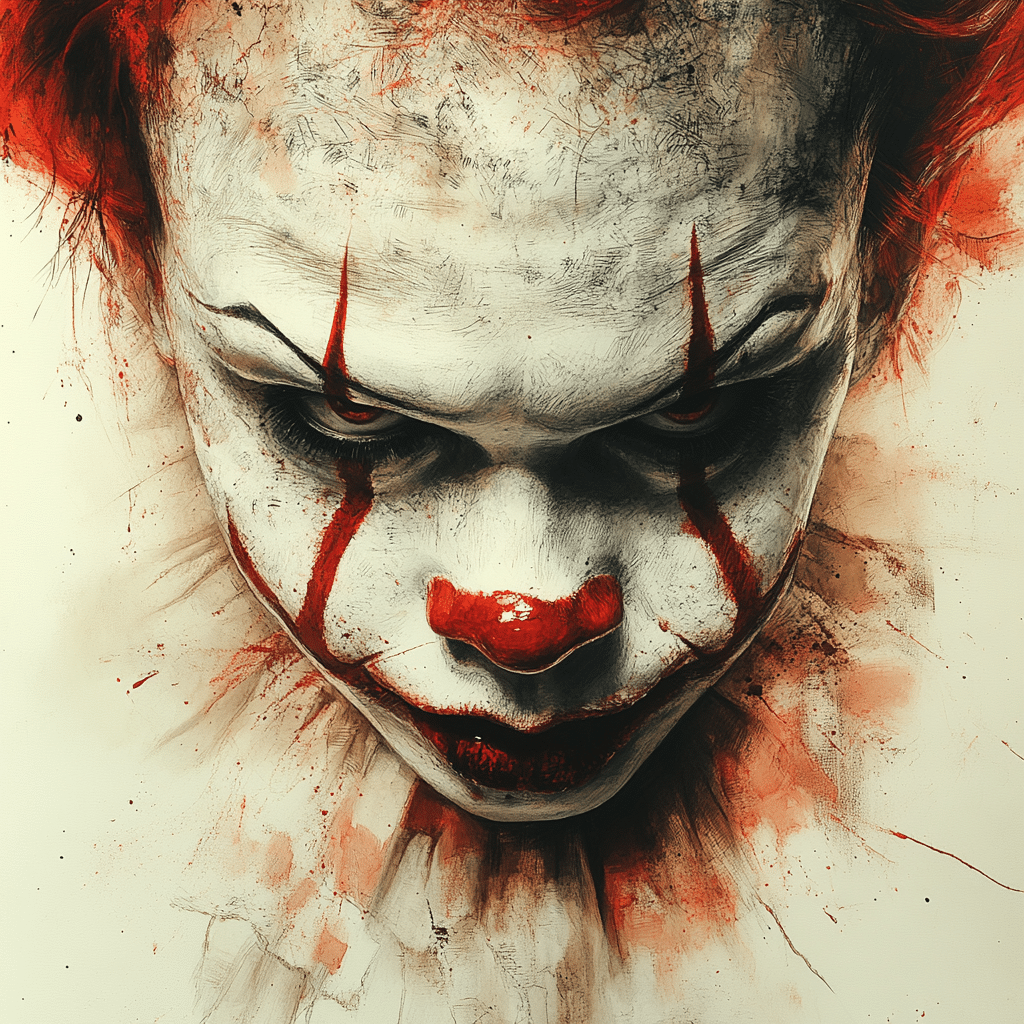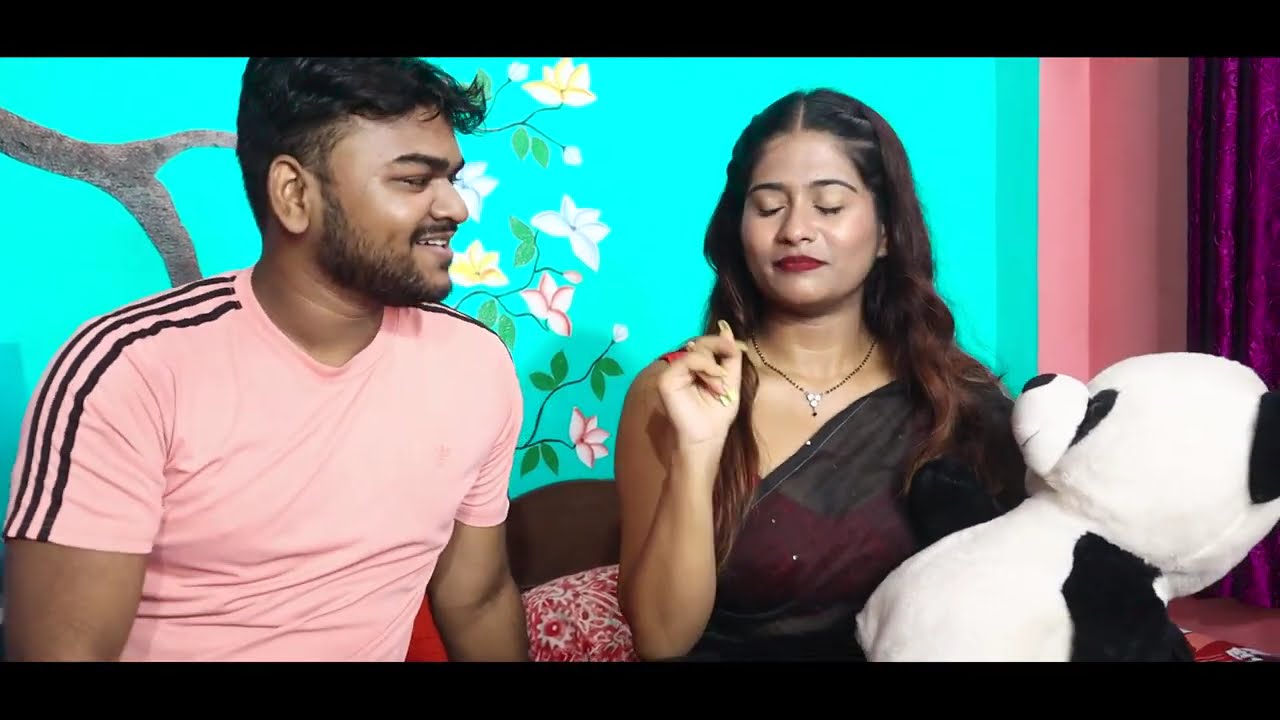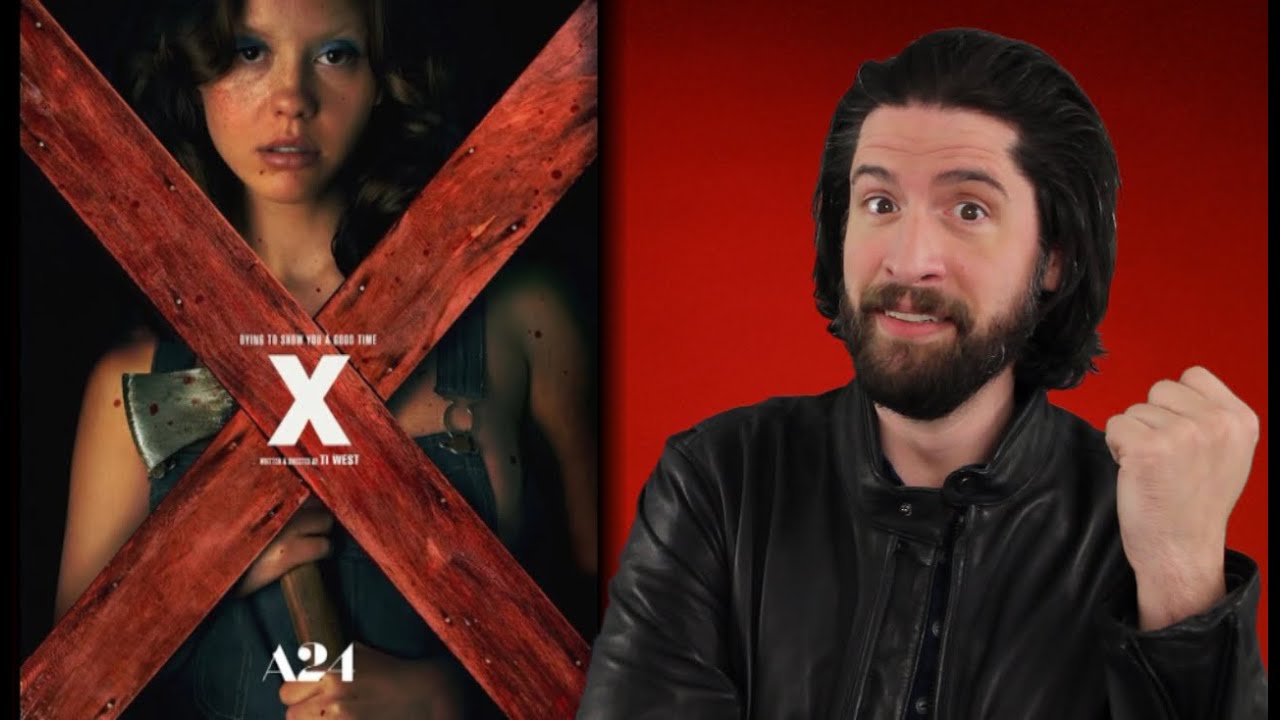
X Movies That Redefine Horror With Captivating Depth
X Movies That Redefine Horror With Captivating Depth
The horror genre has transformed dramatically over the decades, evolving from mere shock tactics into rich explorations of human emotion and societal issues. In this piece, we spotlight 8 movies that not only terrify but also provoke deeper contemplation through their layered narratives and engaging themes. These films represent a significant shift in horror, moving from simplistic jump scares to profound storytelling that resonates with audiences in unexpected ways.
1. Hereditary (2018)
A modern classic, Hereditary, directed by Ari Aster, paints a chilling picture of familial trauma and grief. On the surface, it seems like your run-of-the-mill horror story about a family haunted by supernatural forces. But dive deeper, and you’ll uncover a profound exploration of how loss can fracture relationships and breed existential dread. Toni Collette’s captivating performance as a struggling mother elevates the emotional weight of the narrative, making the horror feel deeply personal and unsettling.
The film adeptly marries disturbing imagery with compelling character arcs. This combination of visuals and performance creates a haunting atmosphere that sticks with you long after the credits roll. Aster’s skillful approach to blending personal grief with supernatural elements redefines what horror can convey, making Hereditary a standout in contemporary cinema.

2. Get Out (2017)
Jordan Peele’s Get Out stands as a cultural touchstone in modern horror, merging social commentary with spine-tingling suspense. This film tackles the intricate and insidious nature of contemporary racism layered within a story about a young Black man meeting his white girlfriend’s family. The genius of Get Out lies in its ability to keep audiences tense while simultaneously prompting them to question societal norms and exploitative systems.
Every element, from Peele’s sharp screenplay to the clever use of visual metaphors, elevates this film beyond standard thriller fare. It’s not just about the jump scares but about the unsettling truths that lurk beneath the surface of society. Through its brilliant commentary, Get Out challenges conventional narratives, making it a defining entry in the horror genre.
3. The Babadook (2014)
With The Babadook, Jennifer Kent delivers a harrowing look at motherhood and mental health through the lens of horror. The titular character becomes a haunting metaphor for the unresolved grief that plagues the protagonist, Amelia, played by Essie Davis. As she grapples with the loss of her husband while caring for her troubled son, viewers are drawn into a tense exploration of trauma that unfolds in an unsettling and imaginative way.
The film’s black-and-white visual style amplifies its emotional intensity, asking audiences to confront their fears while reflecting on the complexities of grief. By personifying mental illness as a monster, The Babadook turns our expectations of horror on their head, inviting us to explore a deeper understanding of fear and vulnerability.

4. Midsommar (2019)
Ari Aster’s Midsommar flips the horror genre upside down by placing its disturbing narrative in broad daylight. This time, the story focuses on a couple’s crumbling relationship set against the backdrop of Swedish pagan rituals. As the protagonist navigates through isolation and heartbreak, Aster explores the darker sides of cultural norms and the extreme measures individuals take for community and belonging.
The unsettling beauty and vibrancy of the cinematography contrast sharply with the film’s horrifying themes, captivating audiences from start to finish. By intertwining elements of folk horror with personal trauma, Midsommar redefines the genre’s boundaries and challenges viewers to consider the many faces of terror hidden in plain sight.
5. The Witch (2015)
Robert Eggers’ The Witch revitalizes horror with its historical roots, taking us back to 17th-century New England. The film delves into themes of faith, fear, and female empowerment, encapsulated in the Puritan way of life. With its authentic period dialogue and attention to folklore, The Witch immerses us in an atmosphere thick with dread and anxiety.
Subtle pacing and a gradual build of tension allow ample space for character development. As the story unfolds, viewers become painfully aware of the oppressive forces tearing the family apart, leading to a climax that’s both shocking and thought-provoking. Eggers’ meticulous craftsmanship makes The Witch a benchmark of psychological tension in modern horror.
6. A Girl Walks Home Alone at Night (2014)
Blending genres effortlessly, A Girl Walks Home Alone at Night is both a feminist Western and a horror film rolled into one. Directed by Ana Lily Amirpour, it takes a fresh approach to storytelling by focusing on themes of empowerment and loneliness. The stark black-and-white aesthetic complements the film’s emotional narrative, immersing the audience in the protagonist’s struggles against societal expectations.
As the story unfolds, it challenges traditional horror conventions through a unique lens, creating a new archetype for horror heroes and villains alike. This film breaks boundaries in exploring how gender roles and societal norms influence our perceptions of horror, making it a noteworthy addition to the genre.
7. It Follows (2014)
It Follows injects new life into the horror genre by addressing the anxieties of youth and sexual encounters. Directed by David Robert Mitchell, the film employs a supernatural force as a metaphor for the repercussions of intimacy and relationships. The emotional weight, compounded by an unsettling soundtrack, effectively heightens the tension experienced by the characters.
As the entity relentless pursues its victims, viewers experience a palpable sense of dread echoing the nightmare of adolescence. Rather than relying on standard horror tropes, It Follows shifts the dialogue surrounding sexual encounters and relationships, earning its place as a vital part of 21st-century horror cinema.
8. Saint Maud (2019)
In Saint Maud, Rose Glass explores the boundaries of faith and obsession within horror. The film centers on a hospice nurse who develops an increasingly dangerous fixation on the soul of her patient. This examination of spirituality and isolation confronts viewers with raw emotions and psychological turmoil as Maud’s character spirals into a perilous mindscape.
Through deeply emotional storytelling and stunning visuals, Saint Maud lingers in your mind long after viewing. Glass’s unique approach to narrative blends psychological horror with spiritual elements, redefining the genre and demanding a deeper interpretation of what drives us toward obsession and redemption.
Redefining Terror: The Depths of Horror Cinema
These 8 movies showcase how horror can extend beyond basic shock value to engage with complex themes like identity, mental health, and human interactions. Each film resonates deeply, illustrating the potential of cinema to provoke thought and evoke powerful emotions. As we move forward into 2024, there’s no doubt that these narratives will continue to redefine what it means to experience fear and, more importantly, what it means to be human.
Whether you’re seeking cinematic thrills on platforms like movies123 or binge-watching classics in 2k movies, it’s evident that horror has taken a bold new direction. For filmmakers, industry professionals, and passionate movie lovers alike, understanding these evolving narratives is crucial to appreciating the artistry in horror cinema. So grab your popcorn and settle in—there’s a lot more to explore in the thrilling depths of this continually evolving genre.
x Movies That Redefine Horror With Captivating Depth
A Thrilling Blend of Realism and Fantasy
You might think you’ve seen it all in horror, but x movies have this knack for flipping the script. Take “Hereditary,” for example; it dives deep into family trauma while keeping you on the edge of your seat. What’s wild is director Ari Aster drew inspiration from personal experiences to craft such an unsettling tale. Speaking of personal touches, did you know that when David L. Lander, known for his role in “Laverne & Shirley, explored darker characters, he revealed how humor and horror interconnect? It’s fascinating how emotions shift when filmmakers merge genres, creating a cocktail of fear and reflection.
Innovative Storytelling Techniques
Let’s chat about innovation—x movies have that covered too. Films like “The Babadook” introduce psychological horror that pokes at grief and guilt, making viewers think twice about what truly frightens them. The director, Jennifer Kent, once shared that the concept came from her own upbringing, grounding the supernatural in relatable feelings. And for a real kick, next time you pick up a horror flick, think about how many steps away you are from the Highest city in The world. That’s right! The popularisation of uniqueness in settings can change the vibe, just like the mountains can lend an eeriness to a story that’s set high above sea level.
Iconic Performances That Leave a Mark
In x movies, performances can be the heartbeat of the story. Look at Toni Collette in “Hereditary;” her portrayals of despair and defiance render chilling the notion of what family can be. Chrissie Carnell bixler, another actress known for her impactful roles, has similarly said that tapping into genuine emotion is crucial. And, let’s not forget how iconic figures like Basil Rathbone influenced the horror genre with their captivating performances. He blended charisma and terror, leaving a legacy that’s still celebrated today.
So, whether it’s diving into a story with layers or appreciating the actors who make the fear palpable, x movies reshape the genre, bringing new dimensions to what horror means. Grab your popcorn and settle in; with these films, you’re in for a wild ride that transcends mere jump scares.

Is Pearl a sequel to X?
Pearl is actually a prequel to X, not a sequel. It dives into Pearl’s backstory before the events that unfold in X.
How is MaXXXine related to Pearl?
MaXXXine is the direct sequel to X and follows Maxine as she navigates Hollywood in the 1980s while grappling with trauma from the previous events.
Is X supposed to be a trilogy?
Yes, the X film series is intended to be a trilogy, with Pearl being the second part and MaXXXine set to complete the story.
What is the story of MaXXXine?
MaXXXine focuses on Maxine’s pursuit of fame in Hollywood during the 1980s, all while she finds herself in a dangerous situation involving the Night Stalker.
What is Pearl’s mental illness?
Pearl’s mental illness is a key part of her character, heavily influencing her actions and emotional state throughout the films.
Why does Maxine look like a Pearl?
Maxine resembles Pearl because she embodies similar traits and ambitions, and they’re tied deeper than just looks.
Is Pearl Maxine’s grandmother?
No, Pearl is not Maxine’s grandmother, but there are significant ties between the characters that intertwine their stories.
Who is Kino’s son?
Kino’s son is a character who appears in the larger narrative, but specific details about his role may vary in interpretation within the series.
Who is Pearl’s biological father?
Pearl’s biological father is mentioned in the backstory and plays a part in her tumultuous history, though the specifics aren’t heavily detailed.
Is Pearl the old lady in X?
Yes, the old lady in X is indeed a version of Pearl, showing how her past shapes her future.
Is Maxine in X the same as MaXXXine?
Maxine in X is the same character that’ll be seen in MaXXXine, continuing her story arc throughout the trilogy.
Do I watch X or Pearl first?
It’s generally recommended to start with X, then proceed to Pearl, as it helps to follow the timeline and character development better.
Is Maxine the killer in MaXXXine?
Maxine is not the killer in MaXXXine; the film explores her struggles and the dangers that surround her rather than turning her into a killer herself.
What happened at the end of MaXXXine?
At the end of MaXXXine, major events unfold that tie up her story, often with intense and dramatic implications for her character.
What did Maxine do in the barn?
In the barn scene, Maxine’s actions are pivotal and reveal a complex moment in the narrative, highlighting her resilience and determination amidst the chaos.











